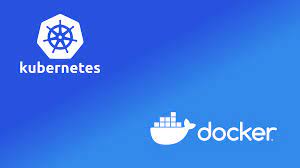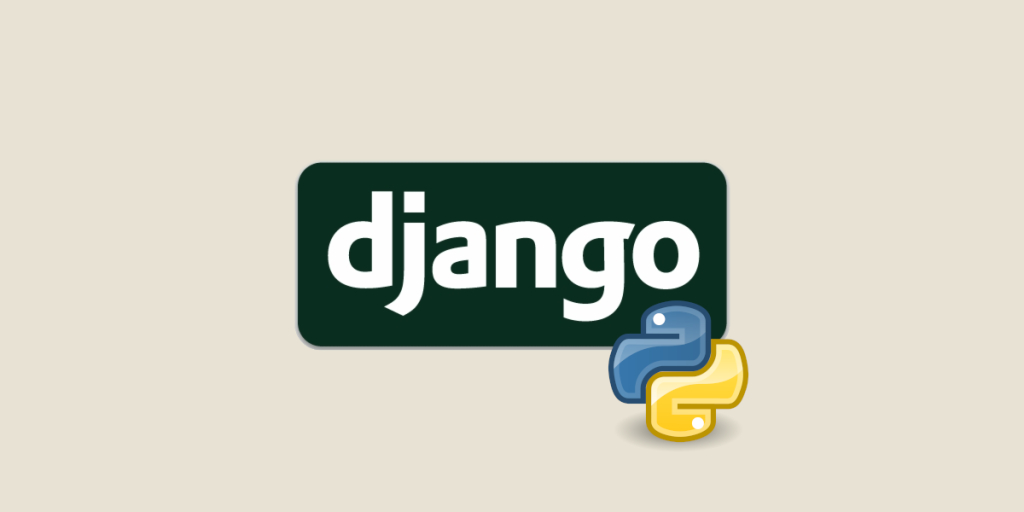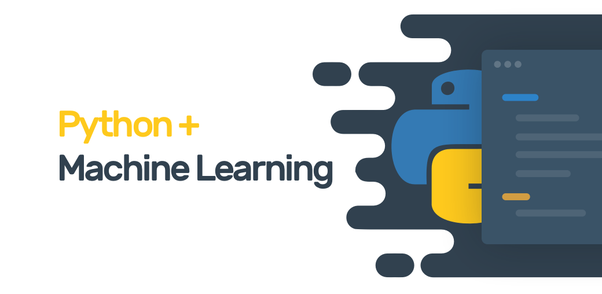Description
Introduction
Docker and Kubernetes are pivotal technologies in the world of containerization and orchestration. Docker simplifies the process of packaging applications into containers, allowing developers to build, ship, and run applications in any environment consistently. Kubernetes, on the other hand, is a powerful orchestration platform that automates the deployment, scaling, and management of containerized applications across clusters of machines. Together, they enable organizations to achieve greater efficiency, flexibility, and scalability in deploying applications in cloud and hybrid environments.
Prerequisites for Docker and Kubernetes
- Basic Understanding of Cloud Computing: Familiarity with cloud concepts and services.
- Knowledge of Linux Command Line: Proficiency in using the command line interface, as both Docker and Kubernetes primarily operate in Linux environments.
- Fundamental Programming Skills: Experience with at least one programming language (e.g., Python, Java, or JavaScript).
- Understanding of Networking Concepts: Basic knowledge of networking principles such as IP addressing, DNS, and HTTP.
- Virtualization Concepts: Familiarity with virtual machines and how they differ from containers.
TABLE OF CONTENT
1. Docker
1.1 Introduction to Containerization
1.2 Understanding Docker Architecture
1.3 Installing Docker
1.4 Docker Images
1.5 Docker Containers
1.6 Docker Networking
1.7 Docker Volumes
1.8 Docker Compose
1.9 Docker Swarm (Basic Overview)
2. Kubernetes
2.1 Introduction to Kubernetes(Ref: Working and Integrating DevOps Tools | Docker | Kubernetes | Jenkins)
2.2 Kubernetes Architecture
2.3 Installing Kubernetes (e.g., Minikube)
2.4 Pods
2.5 ReplicaSets
2.6 Deployments
2.7 Services
2.8 ConfigMaps and Secrets
2.9 Persistent Volumes and Persistent Volume Claims
2.10 Kubernetes Networking
2.11 Ingress Controllers
2.12 Helm Charts
2.13 Monitoring and Logging in Kubernetes
2.14 Scaling Applications in Kubernetes
2.15 Kubernetes Security
3. Advanced Topics
3.1 Kubernetes Operators
3.2 Helm Advanced Usage
3.3 Custom Resources in Kubernetes
3.4 CI/CD with Kubernetes
3.5 Multi-Cluster Deployments
3.6 Managing Stateful Applications in Kubernetes
3.7 Kubernetes Best Practices
Conclusion
Docker and Kubernetes have transformed the way applications are developed, deployed, and managed. By mastering these technologies, developers can streamline workflows, improve scalability, and enhance application performance in diverse environments. The synergy between Docker and Kubernetes empowers organizations to embrace modern DevOps practices, leading to faster delivery of high-quality software. Continuous exploration and learning in containerization and orchestration will remain essential as technology evolves and new challenges arise in software development.







Reviews
There are no reviews yet.